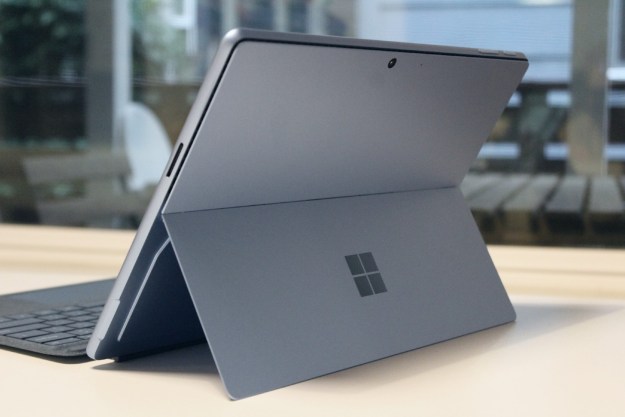How do you use Windows? Do you run more applications than the average person or need more remote capability? If so, then you’ve probably outgrown your use for the standard Windows 10 operating system. Windows 10 Pro might be for you.
That’s not to say that Windows 10 Home doesn’t check a lot of boxes for most people, but upgrading to Windows 10 Pro can elevate your work experience. To upgrade to the Windows 10 Pro, follow our straightforward guide.
Not sure which version of Windows is for you? Check out our head-to-head comparison of Home, Pro, and S Mode.
Step 1: Check your Windows version
Before getting started with upgrading, you should check to see which version your PC is running. To do so, head to the search box in the Windows 10 Taskbar, or click on the Start Menu. Next, type in About.
In the list of results that appear, click on About Your PC, which will launch a settings window. Scroll down to the bottom portion of the screen, and check under Windows Specifications to see which version of Windows you’re running. If it lists Windows 10 Pro, then there will be no need to upgrade. If not, proceed to Step 2.

Step 2: Click to upgrade
Next up, in that same window, click on Change product key or upgrade your edition of Windows. Doing so should open up the Activation settings page. You will now see two ways to upgrade from Windows 10 Home to Windows 10 Pro.
If you’ve already purchased a Windows 10 Pro product key, you can click on Change Product Key and simply enter your key to upgrade. Windows will check the key against Microsoft servers. Once it validates your computer will download some of the required files for Windows 10 Pro, prompt you to reboot, and then switch you into the new version of the operating system.

Step 3: Purchase a product key
If you don’t already have a Windows 10 Pro product key, you can purchase a one-time upgrade from the built-in Microsoft Store in Windows. Simply click the Go to the Store link to open the Microsoft Store.
Through the Microsoft Store, a one-time upgrade to Windows 10 Pro will cost $99. You can pay with a credit or debit card linked to your Microsoft Account.

Step 4: Restart your PC
It isn’t necessary to download files manually. Microsoft Store will immediately download the necessary ones after your purchase. All you need to do is restart your computer, and you’ll be able to see and access Windows 10 Pro and its display, features, modern security settings, and more.
In our opinion, Windows 10 Pro’s $99 upgrade is well worth the price for any Windows user. Buying Windows 10 Pro outright instead of upgrading will save you more money, though. If you’re already anticipating needing Windows 10 Pro’s more advanced tech, you might want to buy this OS instead of upgrading later.
The standalone cost of a Windows 10 home license is $140. The Windows 10 Pro upgrade is about $100, which brings your overall cost to $240. Typically, Windows 10 Pro will cost you $200 just on its own. The initial upgrade could save you $40 instead of waiting till later.
Editors' Recommendations
- The latest Windows update is breaking VPN connections
- The most common Windows 11 problems and how to fix them
- How to take a screenshot on a Mac
- How to adjust screen resolution in Windows 11 and older
- How to clean a laptop screen without scratching it



